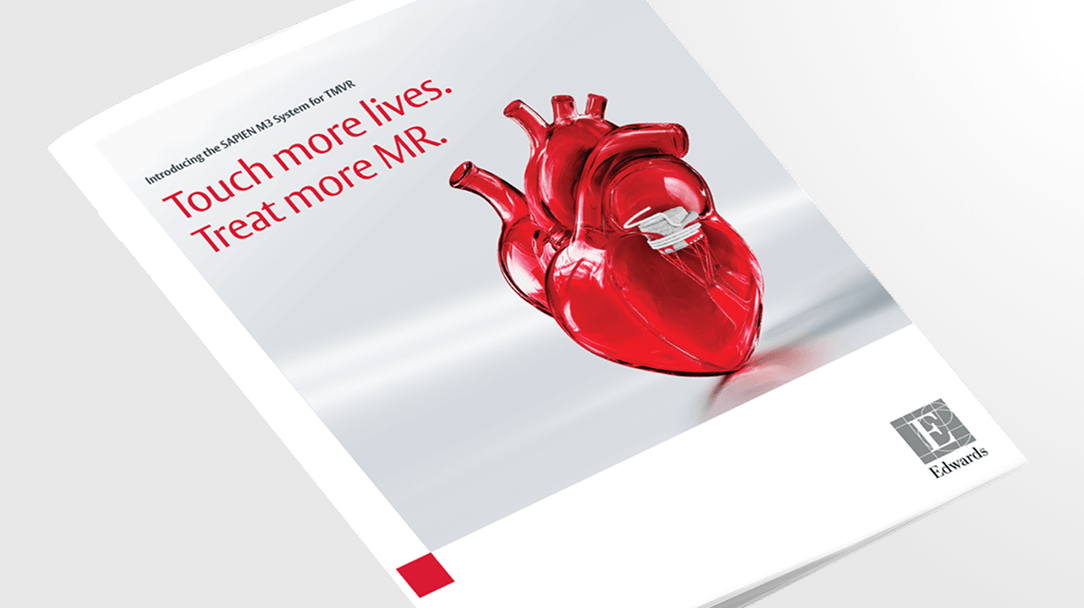
Product brochure
Learn more about SAPIEN M3 TMVR system
Download PDF
Transcatheter Mitral Valve Replacement (TMVR)

The first and only approved transseptal approach to mitral valve replacement built on proven SAPIEN technology. The SAPIEN M3 system is indicated for patients with symptomatic moderate-to-severe or severe mitral regurgitation (MR) deemed unsuitable for surgery or transcatheter edge-to-edge repair (TEER) therapy.
For a listing of indications, contraindications, precautions, warnings, and potential adverse events, please refer to the Instructions for Use (consult eifu.edwards.com where applicable).